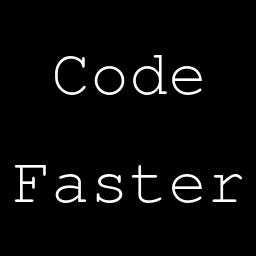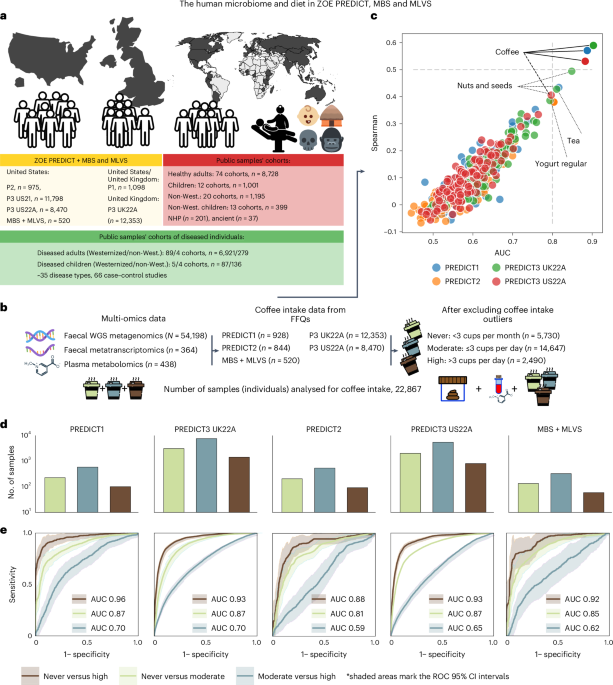
PyTorch 101, Understanding Graphs, Automatic Differentiation and Autograd
PyTorch is one of the foremost python deep learning libraries out there. It’s the go to choice for deep learning research, and as each days passes by, more and more companies and research labs are adopting this library.
In this series of tutorials, we will be introducing you to PyTorch, and how to make the best use of the libraries as well the ecosystem of tools built around it. We’ll first cover the basic building blocks, and then move onto how you can quickly prototype custom architectures. We will finally conclude with a couple of posts on how to scale your code, and how to debug your code if things go awry.
A lot of tutorial series on PyTorch would start begin with a rudimentary discussion of what the basic structures are. However, I’d like to instead start by discussing automatic differentiation first.
Automatic Differentiation is a building block of not only PyTorch, but every DL library out there. In my opinion, PyTorch’s automatic differentiation engine, called Autograd is a brilliant tool to understand how automatic differentiation works. This will not only help you understand PyTorch better, but also other DL libraries.
























